
Henry Aldrich was an English theologian, philosopher, architect, and composer.
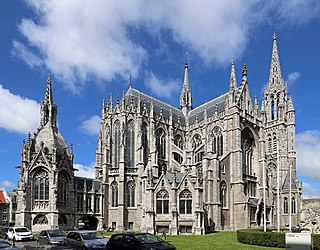
Gothic Revival is an architectural movement that after a gradual build-up beginning in the second half of the 17th century became a widespread movement in the first half of the 19th century, mostly in England. Increasingly serious and learned admirers sought to revive medieval Gothic architecture, intending to complement or even supersede the neoclassical styles prevalent at the time. Gothic Revival draws upon features of medieval examples, including decorative patterns, finials, lancet windows, and hood moulds. By the middle of the 19th century, Gothic Revival had become the pre-eminent architectural style in the Western world, only to begin to fall out of fashion in the 1880s and early 1890s.
The year 1955 in architecture involved some significant architectural events and new buildings.
The year 1863 in architecture involved some significant architectural events and new buildings.
The year 1888 in architecture involved some significant architectural events and new buildings.
The year 1812 in architecture involved some significant events.
The year 1832 in architecture involved some significant architectural events and new buildings.
The year 1845 in architecture involved some significant architectural events and new buildings.
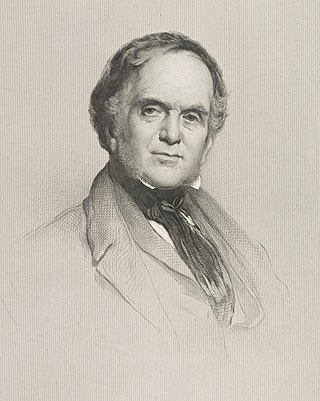
William Henry PlayfairFRSE was a prominent Scottish architect in the 19th century who designed the Eastern, or Third, New Town and many of Edinburgh's neoclassical landmarks.
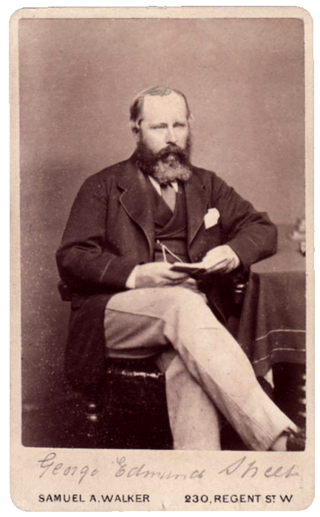
George Edmund Street, also known as G. E. Street, was an English architect, born at Woodford in Essex. Stylistically, Street was a leading practitioner of the Victorian Gothic Revival. Though mainly an ecclesiastical architect, he is perhaps best known as the designer of the Royal Courts of Justice on the Strand in London.
Robert William Billings was a British architect and author. He trained as a topographical draughtsman, wrote and illustrated many books early in his career, before concentrating on his architectural practice.
The year 1794 in architecture involved some significant architectural events and new buildings.
The year 1882 in architecture involved some significant architectural events and new buildings.

Sir Robert Stodart Lorimer, KBE was a prolific Scottish architect and furniture designer noted for his sensitive restorations of historic houses and castles, for new work in Scots Baronial and Gothic Revival styles, and for promotion of the Arts and Crafts movement.
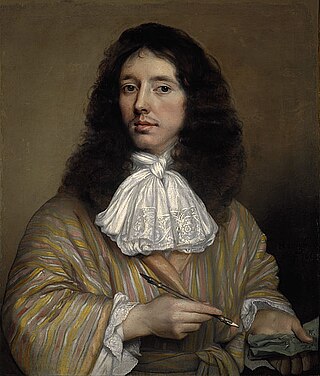
Sir William Bruce of Kinross, 1st Baronet, was a Scottish gentleman-architect, "the effective founder of classical architecture in Scotland," as Howard Colvin observes. As a key figure in introducing the Palladian style into Scotland, he has been compared to the pioneering English architects Inigo Jones and Christopher Wren, and to the contemporaneous introducers of French style in English domestic architecture, Hugh May and Sir Roger Pratt.

James Smith was a Scottish architect, who pioneered the Palladian style in Scotland. He was described by Colen Campbell, in his Vitruvius Britannicus (1715–1725), as "the most experienced architect of that kingdom".
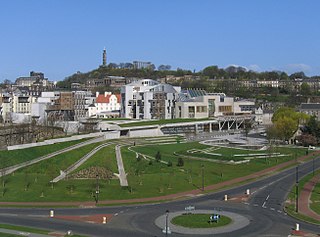
The architecture of Scotland includes all human building within the modern borders of Scotland, from the Neolithic era to the present day. The earliest surviving houses go back around 9500 years, and the first villages 6000 years: Skara Brae on the Mainland of Orkney being the earliest preserved example in Europe. Crannogs, roundhouses, each built on an artificial island, date from the Bronze Age and stone buildings called Atlantic roundhouses and larger earthwork hill forts from the Iron Age. The arrival of the Romans from about 71 AD led to the creation of forts like that at Trimontium, and a continuous fortification between the Firth of Forth and the Firth of Clyde known as the Antonine Wall, built in the second century AD. Beyond Roman influence, there is evidence of wheelhouses and underground souterrains. After the departure of the Romans there were a series of nucleated hill forts, often utilising major geographical features, as at Dunadd and Dunbarton.

Giuseppe Lorenzo Gatteri was an artist from Trieste, now in Italy.










